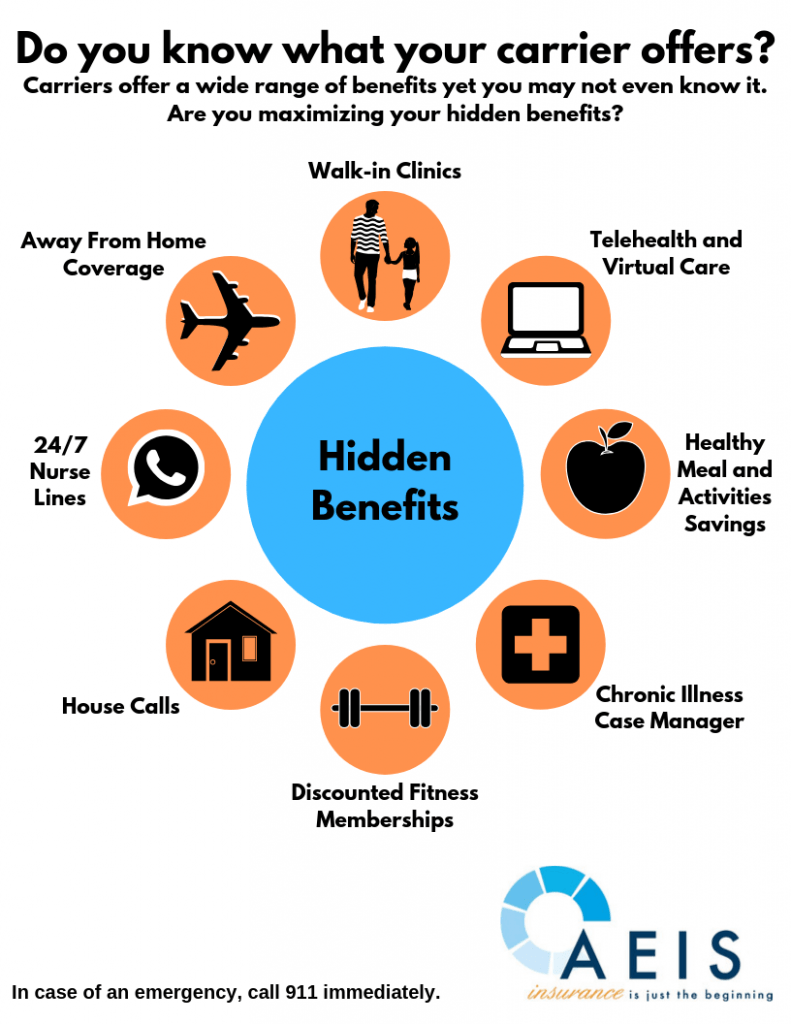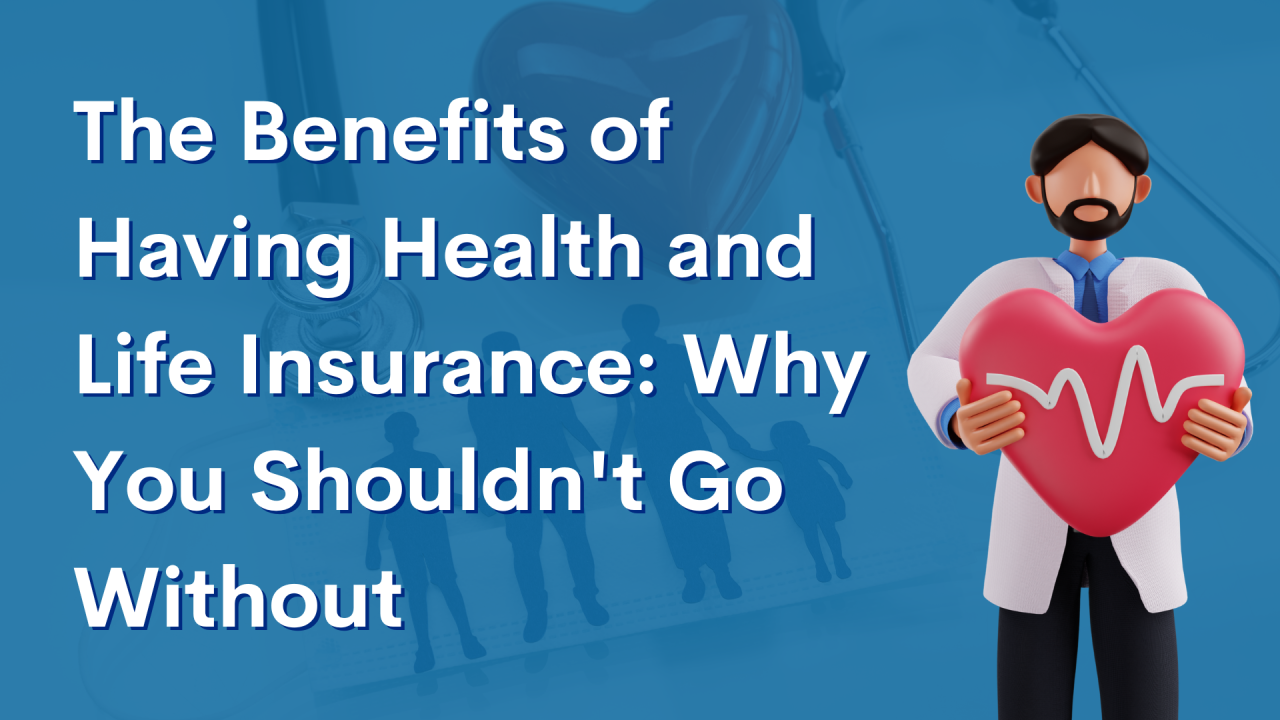The Buzz on Medicare Advantage Agent
The Buzz on Medicare Advantage Agent
Blog Article
All about Medicare Advantage Agent
Table of ContentsA Biased View of Medicare Advantage AgentMedicare Advantage Agent Fundamentals ExplainedGetting The Medicare Advantage Agent To Work

adheres to from perplexing the reasonably young age profile of the uninsured with the much better health and wellness, typically, of more youthful individuals. This obscures the link between health condition and medical insurance. For those without accessibility to office medical insurance, poor health is a possible barrier to purchasing nongroup insurance coverage because such protection might be very valued, omit preexisting problems, or be just unavailable. The variety of without insurance Americans is not especially large and has not changed in the last few years. 7 out of 10 respondents in an across the country representative survey believed that less Americans lacked medical insurance than actually do(Fronstin, 1998). Approximately half(47 percent )thought that the number of individuals without medical insurance reduced or remained constant over the last fifty percent of the last years(Blendon et al., 1999). This drop of virtually 2 million in the number of people 'without insurance policy (a decrease
of about 4 percent)is certainly a favorable adjustment. With a softer economy in 2000 the most up to date reported gains in insurance protection might not continue(Fronstin, 2001 ). The decline in the variety of without insurance will not continue if the economic situation continues to be slow-moving and healthcare costs remain to outmatch inflation. This is due to the fact that the data were gathered for a duration of solid economic performance. Of the approximated 42 million individuals that were without insurance, almost about 420,000(regarding 1 percent)were under 65 years old, the age at which most Americans become eligible for Medicare; 32 million were adults in between ages 18 and 65, around 19 percent of all grownups in this age; and 10 million were kids under 18 years old, regarding 13.9 percent of all children (Mills, 2000). These quotes of the variety of persons uninsured are created from the annual March Supplement to the Current Population Study (CPS), performed by the Census Bureau. Unless or else noted, national quotes of individuals without health insurance policy and percentages of the populace with different type of protection are based on the CPS, one of the most extensively used source of price quotes of insurance coverage and uninsurance prices. These studies and the estimates they generate are explained briefly in Table B. 1 in Appendix B - Medicare Advantage Agent. These studies vary in dimension and tasting techniques, the questions that are asked about insurance policy
The Greatest Guide To Medicare Advantage Agent
protection, and the moment duration over which insurance policy protection or uninsurance is measured(Lewis et al., 1998, Fronstin, 2000a ). Still, the CPS is particularly helpful due to the fact that it creates annual price quotes reasonably swiftly, reporting the previous year's insurance protection approximates each September, and because it is the basis for a regular collection of price quotes for more than two decades, permitting evaluation of patterns in coverage with time.

All About Medicare Advantage Agent
Over a three-year period starting early in 1993, 72 million people, 29 percent of the united state population, lacked insurance coverage for at least one month. Within a single year(1994), 53 million people experienced at the very least a month without protection(Bennefield, 1998a). 6 out of every ten uninsured adults are themselves used. Working does enhance the chance that one and one's household participants will certainly have insurance, it is not an assurance. Also participants of family members with 2 full-time wage income earners have practically a one-in-ten possibility of being uninsured (9.1 percent without insurance price)(Hoffman and Pohl, 2000 ). The partnership between health and wellness insurance policy and accessibility to care is well established, as recorded later on in this chapter. The connection in between wellness insurance policy and health and wellness end results is neither direct neither easy, a substantial scientific and health and wellness solutions research literature web links health insurance coverage
to improved access accessibility care, better far betterHigh quality and improved enhanced and population health wellness. For instance, the 2nd report, on individual wellness results for without insurance adults, is represented by the inner circle of the figure, while the 3rd record, on household wellness, incorporates the topics of the 2nd report but stresses a various device of analysis, particularly, the family. The 6th report in the collection will certainly offer info concerning methods and efforts undertaken locally, statewide, or nationally to deal with the lack of insurance and its negative impacts. Levels of analysis for examining the effects of uninsurance. This discussion of health and wellness insurance protection concentrates primarily on the U.S. populace under age 65 because virtually all Americans learn the facts here now 65 and older have Medicare or various other public insurance coverage.
It concentrates especially on those without any health insurance coverage for any type of size of time. The troubles encountered by the underinsured remain in some areas comparable to those encountered by the without insurance, although they are typically much less extreme. Uninsurance and underinsurance, nevertheless, entail noticeably different policy issues, and the approaches for addressing them might differ. Throughout this research study and the 5 reports to comply with, the main emphasis gets on persons with no medical insurance and thus no aid in paying for healthcare beyond what is readily available via charity and safety web organizations. Medical insurance is a powerful aspect impacting receipt of care because both patients and physicians react to the out-of-pocket rate of services. Medical insurance, nonetheless, is neither needed nor sufficient to access to clinical services. The independent and straight result of wellness
insurance insurance policy on access accessibility health wellness solutions well establishedDeveloped Others will acquire the health and wellness care they require even without medical insurance, by spending for it expense or seeking it from companies that offer treatment complimentary or at very subsidized rates. For still others, wellness insurance coverage alone does not guarantee invoice of care as a result of other nonfinancial obstacles, such as a lack of wellness care carriers in their community, limited accessibility to transport, illiteracy, or linguistic and social differences. Official study regarding without insurance populations in the United States dates to the late 1920s and very early 1930s when the Committee on the Expense of Treatment created a collection of records regarding funding physician office check outs and hospital stays. This issue came to be salient as the varieties of clinically indigent climbed during the Great Clinical depression. Empirical researches regularly sustain the web link in between accessibility to care and improved health results(Bindman et al., 1995; Starfield, 1995 ). Having a normal resource of treatment can be taken into consideration a forecaster of access, instead of a straight step of it, when health results are themselves made use of as accessibility indications. This expansion of YOURURL.com the concept of accessibility dimension was made by the IOM Board on Keeping An Eye On Accessibility to Personal Healthcare Services(Millman, 1993, p. Whether or not parents are insured shows up to affect whether their kids receive care along with how much careeven if the children themselves have coverage(Hanson, 1998). The wellness of moms and dads can affect their ability to take care of their youngsters and the level of family stress. Bothering with their kids's accessibility to care is itself a resource of stress and anxiety for moms and dads. Three chapters follow in this record. Chapter 2 provides an overview of just how employment-based health and wellness insurance policy, public programs and specific insurance plan run and interact to give comprehensive however insufficient coverage of the U.S. population. This includes a review of historic trends and public policies influencing both public and personal insurance, a discussion of the interactions among the different check over here kinds of insurance coverage, and an assessment of why people move from one program to another or wind up

Report this page